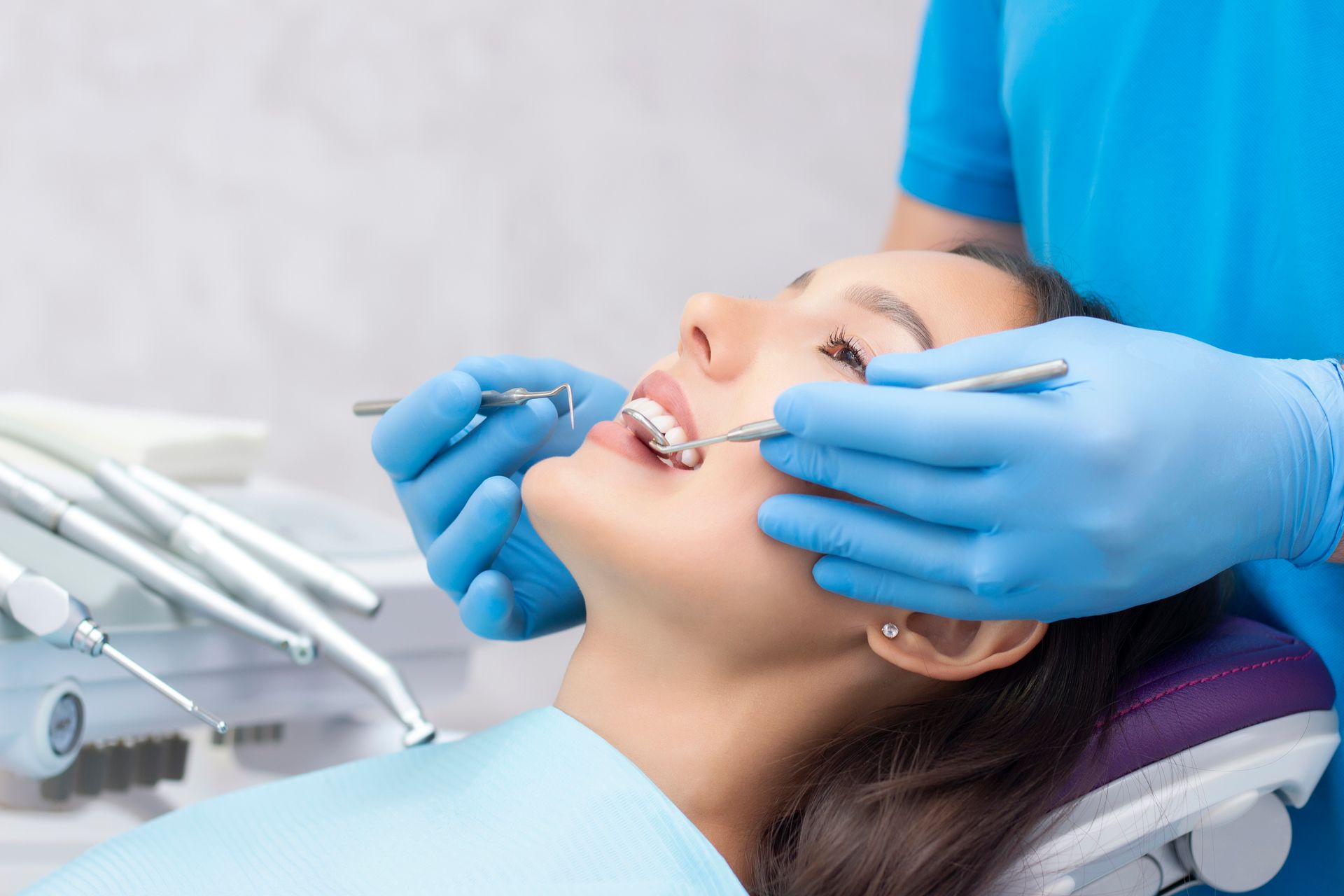Understanding Local Anesthesia in Dentistry
Local anesthetic medications are used to ensure comfort and reduce sensitivity in teeth and gums during dental procedures.

There are times when dental procedures require more extensive work, necessitating local anesthetic medications to ensure comfort and reduce sensitivity in teeth and gums.
In the past, Novocain was a commonly known anesthetic, but modern dentistry has shifted to safer and more effective drugs like Lidocaine, often combined with vasoconstrictors to enhance its efficacy and duration.
Types of Local Anesthesia
Dentists typically use two types of local anesthetics. The first is a topical anesthetic, applied over a small area of the mouth or gums. This numbs the intended site for the subsequent injectable anesthetic—the primary method used to ensure comfort and pain-free procedures.
What is Local Anesthesia?
Local anesthesia temporarily numbs a specific area, blocking nerve signals that convey pain sensations to the brain. This numbing effect generally lasts two to four hours, leaving some residual numbness after the procedure.
Before administering local anesthesia, we’ll inquire about allergies and medications you take. Individuals with specific medical conditions may require a different formula. Feel free to reach out if you have concerns or seek more information about our anesthesia process.
What to Anticipate
Despite the initial numbing effect from the topical anesthetic, patients might feel a momentary stinging sensation during the injection. This is the anesthetic entering the body and starting to take effect. The stinging usually dissipates within seconds.
Side Effects
Typically, local anesthesia's side effects are mild. One common side effect is a temporary rapid heartbeat, which might occur if the anesthetic is inadvertently injected into a blood vessel. Epinephrine, a component in the injection, can transiently increase heart rate. While this might be unsettling, it's not harmful and should normalize quickly.
Numbness and Temporary Effects
Post-procedure, the numbness may last a few hours, affecting speech and eating. Caution is advised while biting and chewing to prevent accidentally biting the tongue or cheek, as the sensation might be absent. Temporary swelling or drooping of parts of the mouth or face can occur. In some cases, blinking might become difficult, but this is not a cause for concern. Your dentist can assist by taping your eye shut temporarily to prevent dryness, and normal blinking will resume as the anesthetic wears off.







